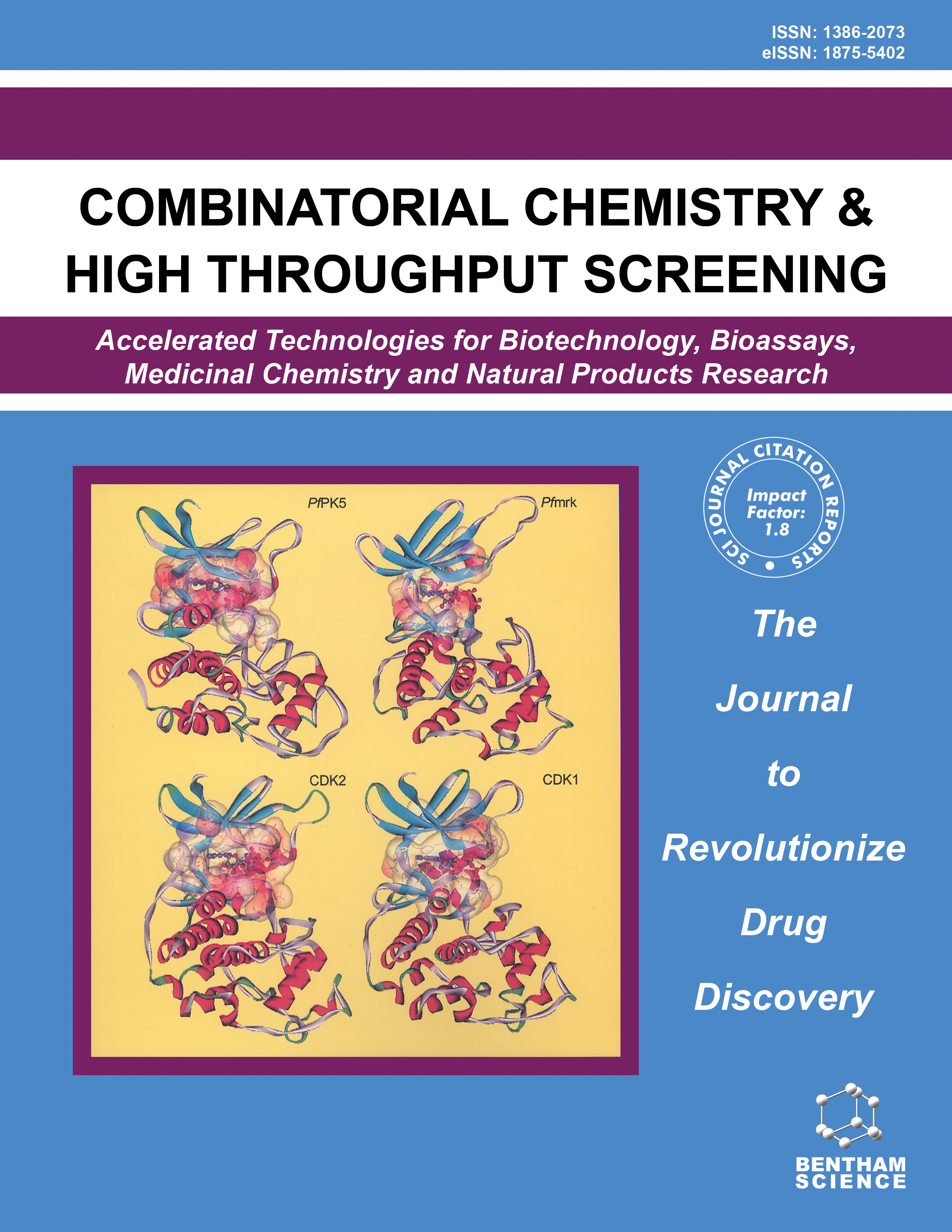
Full text loading...
Chagas disease kills around 10,000 people yearly, primarily in Latin America, where it is prevalent. Current treatment has limited chronic effectiveness, is unsafe, and has substantial side effects. As a result, the use of oxadiazole derivatives and similar heterocyclic compounds as bioisosteres are well known, and they are prospective candidates in the hunt for novel anti-Trypanosoma cruzi chemicals. Recent research has revealed that the cysteine protease cruzain from T. cruzi is a validated target for disease treatment.
Thus, using a molecular dynamics simulation, the current study attempted to determine if a significant interaction occurred between the enzyme cruzain and its ligand.
Interactions with the catalytic site and other critical locations were observed. Also, the RMSD values suggested that the molecule under research had stable interactions with its target.
Finally, the findings indicate that the investigated molecule 2b can interfere enzymatic activity of cruzain, indicating that it might be a promising antichagasic drug.

Article metrics loading...

Full text loading...
References


Data & Media loading...

